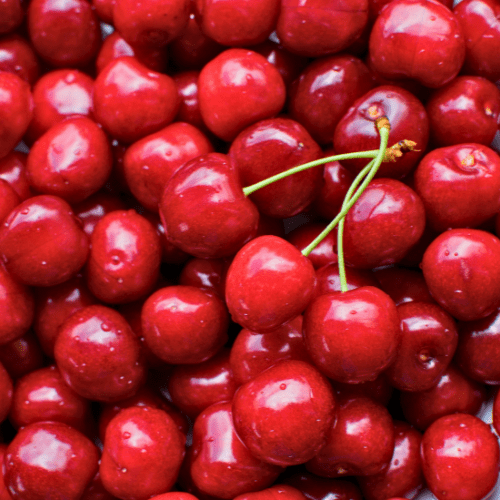Position:
The Calamondin orange tree thrives in hot, humid conditions and full sun. Plant your dwarf trees about 3 metres apart to allow for their canopy to spread. They also grow really well in a container of about 75L or larger. This dwarf orange tree can grow to a height of between 1.5 and 2 metres tall.
Soil Type:
Calamondin oranges need well-draining, healthy sandy soil with a neutral pH. If your soil’s drainage isn’t optimal, plant your dwarf tree on a bit of a mound so the soil doesn’t become waterlogged. Add a bag of acid compost to the soil.
Mulch:
Mulching around your tree makes it appealing and allows the soil to benefit from a constant supply of nutrients gathered by its slow decomposition process. Mulching will also keep the soil moist on warmer days.
Watering:
Your tree needs to be well watered for the best fruits. In summer and spring, increase your watering so that the tree doesn’t dry out in the heat.
Fertilising:
If the leaves start to yellow, your plant may not have enough magnesium. Apply a little Epsom salt to the tree’s dripline (where the leaves extend their reach). Apply slow-release citrus fertiliser during the harvest season and repeat after the fruiting period. Utilising our slow-release fertiliser is a must for citrus; even though it is called berry fertiliser it is for all plants/trees.
Pruning:
You may decide to prune your tree if you need to keep its spread under control, prefer a particular shape, or have diseased or dead branches that are sapping it of its vital energy. This tree grows well as a hedge.
Pests and Disease:
Citrus trees are susceptible to aphids, red spider, and mildew. We recommend Effective Microorganisms to prevent the spread of these pests and diseases. Hose the tree first, to remove the aphids, and then spray well with EM Control. As they tree grows larger it will be healthy and pests will be a thing of the past.






